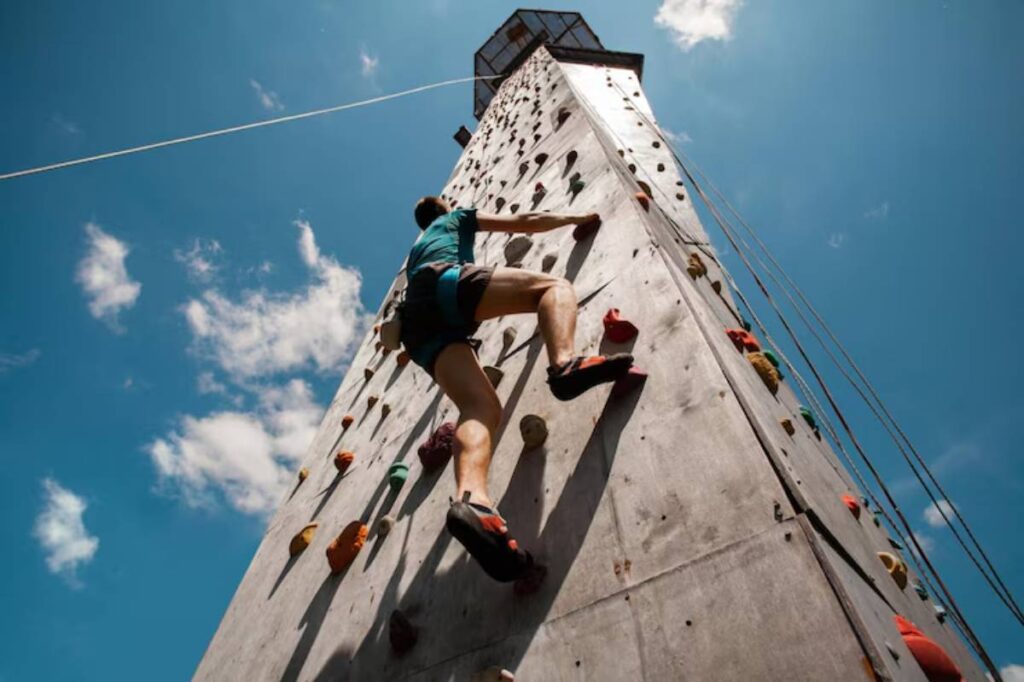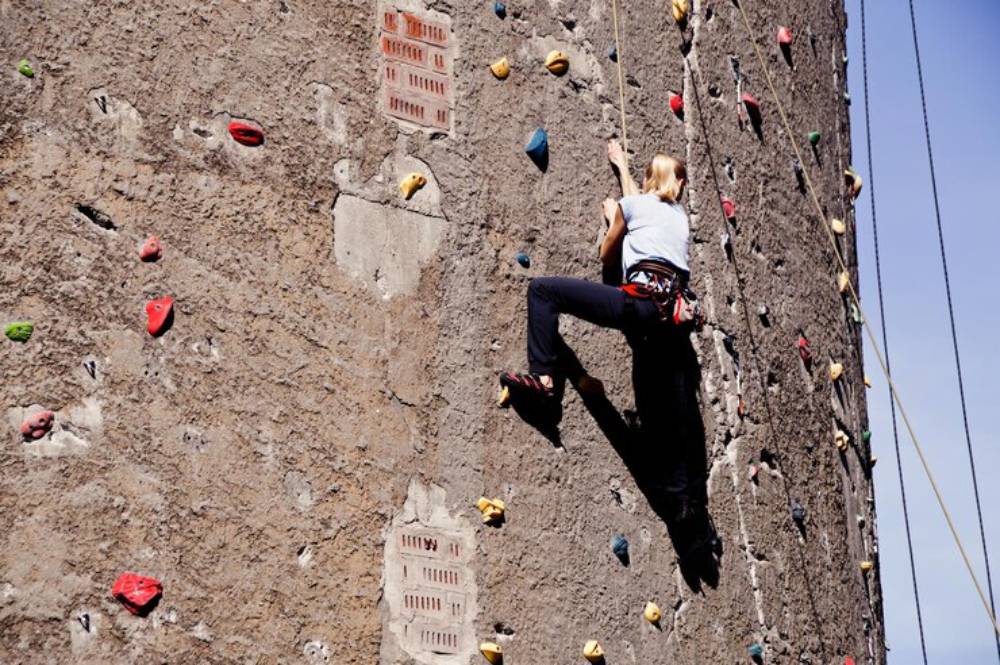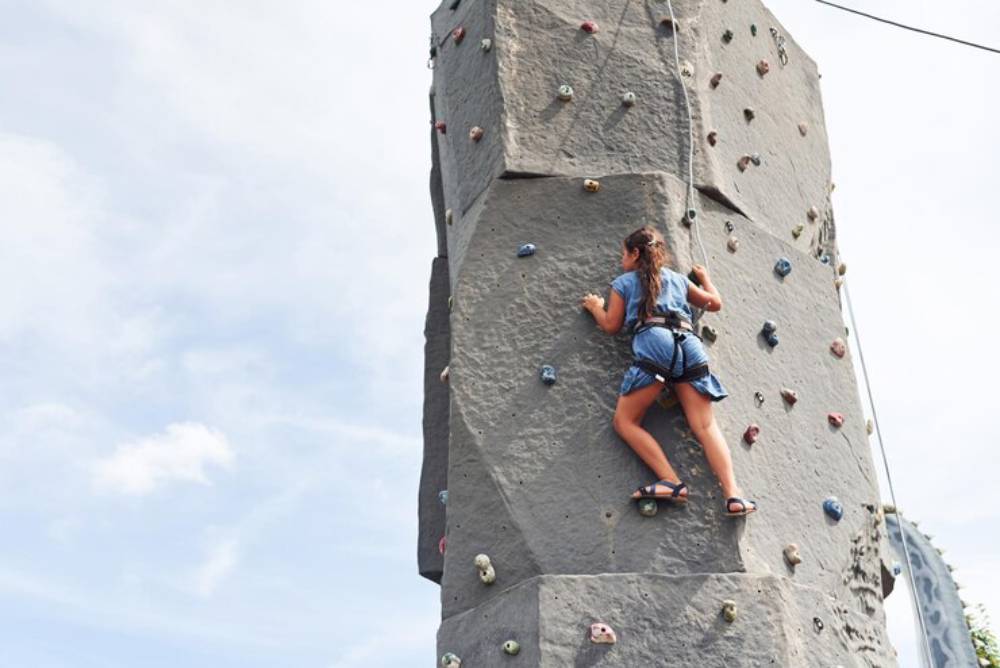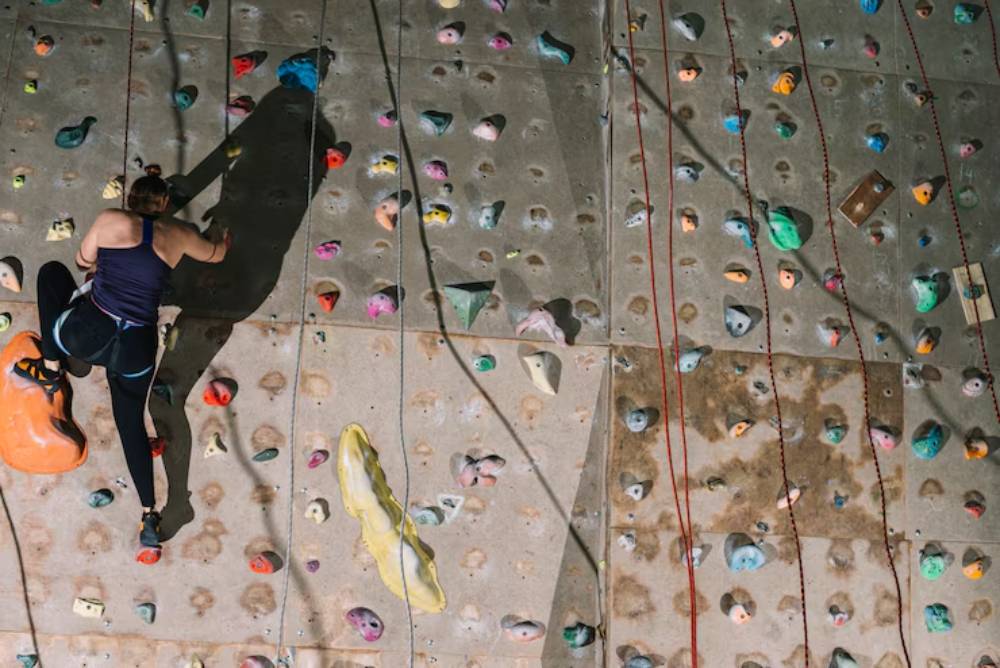The Travel Blog

Urban Climbing in New York: Scaling the Concrete Jungle
Defying Gravity in the Big Apple
Have you ever stared up at a New York skyscraper and thought, “What if I climbed that?” If so, you’re not alone. Welcome to the world of urban climbing in NYC — a daring blend of physical challenge, street art, rebellion, and pure human ambition. Urban climbing, or “buildering,” isn’t your typical gym-bound activity. It transforms the architectural marvels of cities into vertical playgrounds. In a place like New York, with its iconic skyline and sheer vertical diversity, this adventure sport reaches new heights.
In this post, we’ll dive deep into the electrifying subculture of city climbing adventures, explore its history and evolution in New York, look at famous climbers who’ve tackled the city’s giants, and equip you with safety tips and ethical considerations. Whether you’re an adrenaline junkie or just a curious observer, there’s something fascinating here for you.
What Is Urban Climbing?
Urban climbing is the act of scaling man-made structures, most often without ropes or permission. It’s part sport, part performance art, and wholly captivating. From construction cranes to historic landmarks and sky-piercing buildings, urban climbers treat cities like massive obstacle courses.
Key Elements:
- Structures: Skyscrapers, cranes, bridges, clock towers.
- Techniques: Free soloing, parkour-based manoeuvres, occasional rope use.
- Motivations: Thrill, visibility, artistic expression, or social statement.
NYC: The Urban Climber’s Dream

Why New York?
New York City is a vertical wonderland. It boasts some of the world’s most climb-worthy skyscrapers and architectural masterpieces. For urban climbers, it’s both the ultimate challenge and the ultimate stage.
- Diverse skyline: From Art Deco gems to modern glass towers.
- High visibility: A successful climb in NYC grabs global attention.
- Historical symbolism: Climbing the Empire State or One World Trade Centre holds deep cultural resonance.
Famous NYC Structures Scaled:
- The New York Times Building
- Empire State Building
- World Trade Centre (old and new)
- Chrysler Building (attempted)
Icons of the Ascent: Legendary Climbers
Alain Robert: “The French Spider-Man”
Robert is perhaps the most recognised name in urban climbing. He famously scaled the New York Times Building in 2008, unfurling banners about climate change. His climbs blend activism and athleticism.
Justin Casquejo: Local Legend
Born in New Jersey, Casquejo has made headlines since his teens for slipping past security and scaling One World Trade Centre. His repeated climbs reflect a mix of rebellion and deep commitment to the craft.
Other Notable Climbers:
- George Willig, who in 1977 climbed the South Tower of the World Trade Centre.
- David Malone, known for urban parkour-style climbing on NYC structures.
These figures embody the spirit of skyscraper sports — daring, calculated, and deeply passionate.
The Appeal of Skyscraper Sports
Why risk life and limb to climb a building?
1. Thrill of Risk

The danger is real. And that’s the point. For climbers, it’s about pushing limits, feeling alive, and testing control under pressure.
2. Freedom of Movement
Urban climbing is about reclaiming city space. It questions boundaries: What is public? What is art? What is possible?
3. Creating a Narrative
Many climbers see themselves as storytellers. Each building becomes a chapter in a unique personal saga. It’s not about breaking laws—it’s about breaking expectations.
The Risks and Ethics of Urban Climbing
Legal Consequences
Climbing buildings without permission is typically illegal. Arrests, fines, and bans from locations are common.
Safety Hazards
- No ropes = high risk.
- Slippery surfaces, wind gusts, and unanticipated obstacles.
- Rescue operations are dangerous and costly.
Ethical Debates
- Glorification vs. Risk: Are influencers encouraging dangerous behaviour?
- Respect for Workers & Residents: Should climbers avoid buildings where people live or work?
- Emergency Services: Climbing incidents can pull resources from real emergencies.
Despite the thrill, these concerns demand serious thought. If you’re tempted, weigh the consequences carefully.
Preparing for the Climb: Fitness and Training
Urban climbing requires:
- Core strength
- Finger grip
- Mental discipline
- Cardiovascular fitness
Training Tips:
- Practice on rock walls or climbing gyms.
- Combine strength training with yoga or pilates.
- Use fingerboards and hang boards for grip endurance.
- Include balance drills and breathwork.
Mental conditioning is just as important as physical prowess. Focused breathing can save your life when you’re dangling 60 storeys up.
For advanced climbers, transitioning to cityscapes can be a natural next step. Read BMX Biking in Berlin: Exploring the City’s Extreme Sports Scene to see how urban sports can intersect and evolve.
Capturing the Moment: Urban Climbing as Art
Urban climbers often document their experiences with:
- GoPros and drone footage
- Instagram reels and TikToks
- Photography from rooftop summits
This has helped grow a passionate online community while also attracting scrutiny. The tension between self-expression and safety continues to evolve.
Tips for Ethical Documentation:
- Avoid geotagging sensitive locations.
- Don’t share techniques that promote trespassing.
- Focus on personal story, not just shock value.
Urban Climbing-Inspired Experiences in NYC

Love the vibe but not ready to break the law (or your neck)? Try these legal, thrill-packed alternatives that capture the spirit of vertical exploration in NYC:
1. The Edge at Hudson Yards
- Why it’s cool: The highest outdoor sky deck in the Western Hemisphere.
- Try this: Walk the angled glass walls for a safe vertigo challenge — and get that rooftop shot.
2. City Climb at 30 Hudson Yards
- Why it’s epic: It’s the highest open-air building ascent in the world — with a harness, legally.
- For urban climber vibes: You’ll scale the outside of a skyscraper and lean out over Manhattan from 1,200 feet up.
3. Climb Central Park’s Rat Rock
- Why it fits: This boulder offers real outdoor climbing in the heart of NYC.
- No gear needed: Perfect for grip training, footwork, or simply soaking in Central Park like a local traceur.
4. NYC Architectural Walking Tours (Self-Guided or Group)
- Why it matters: Many climbers start by studying buildings.
- Look up: Learn about the hidden ledges, cornices, and vertical character of the city, minus the trespassing.
Is It Ever Legal?
Controlled Urban Climbing Events
Some companies and charities host permitted climbs on high-rises for fundraising or commercial promotions. These offer a safe, legal taste of the thrill.
Indoor Urban Climbing Simulations
Gyms in NYC now mimic architectural settings. You can climb wall replicas of famous buildings using safety harnesses and trained instructors.
Try this instead of the real deal:
- Brooklyn Boulders
- The Cliffs at LIC
- GP81 Climbing Gym
Want more legal ways to explore city climbing adventures? Check out Parkour in Paris: Navigating the City of Lights for street-level alternatives.
Conclusion: The Ascent Is Only Part of the Journey
Urban climbing in NYC isn’t just about going up. It’s about confronting fear, pushing limits, and seeing your city from a whole new perspective. But with great height comes great responsibility. Whether you’re admiring these climbers or aspiring to become one, never forget the risks and ethics involved.
Curious to try something similar without breaking the law? Book a session at an indoor climbing gym or attend a parkour class. Want more inspiration? Dive into our collection of city-based adrenaline activities and craft your own urban adventure.
Now it’s your turn — would you climb the concrete jungle? Leave a comment, share your thoughts, or tag someone you know who’s always chasing the next thrill.









